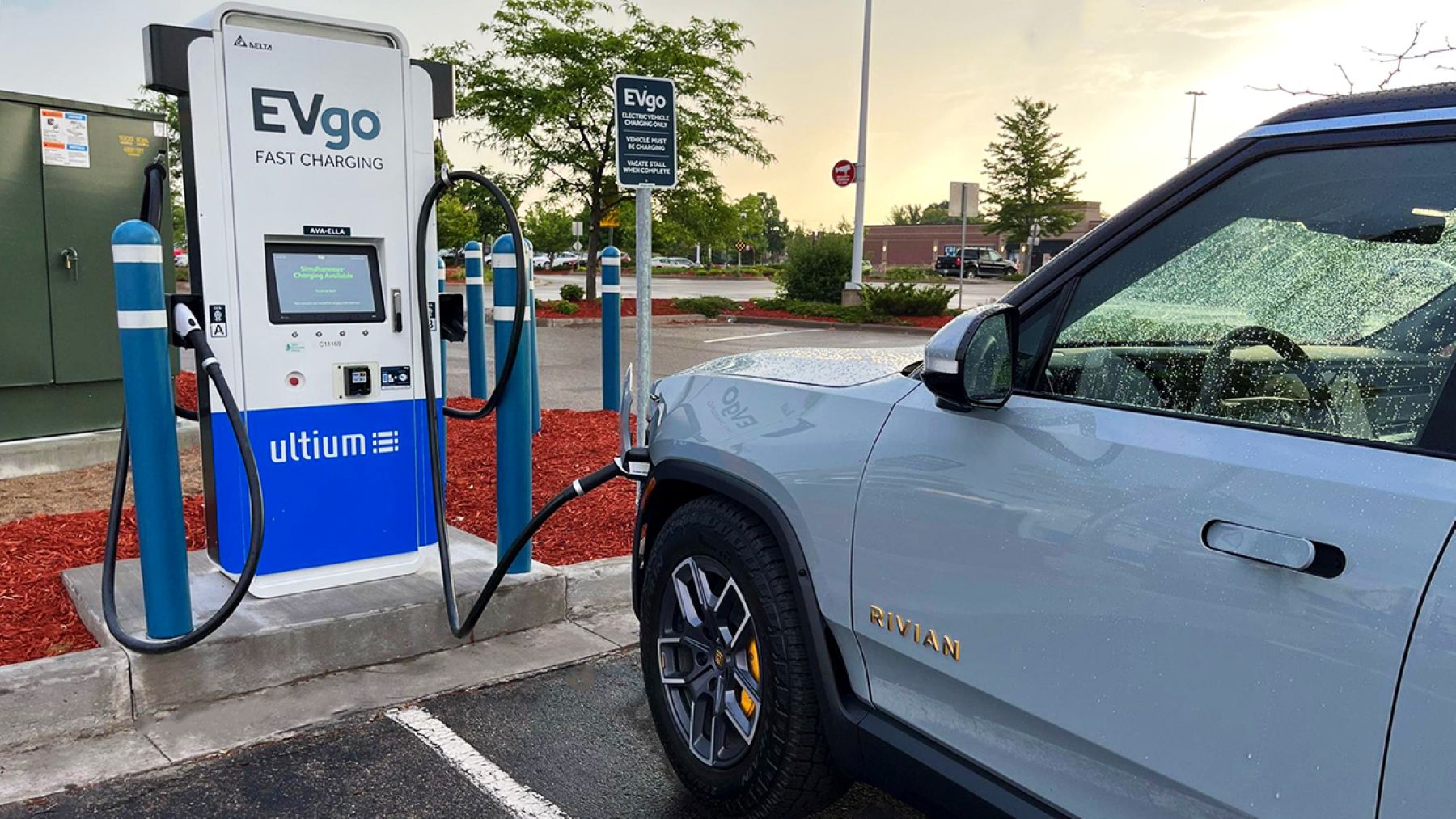AAA: It’s the Peak Time of Year for Deer Collisions

Cooler weather and shorter days mean more deer are now gracing Pennsylvania’s roadways. The number of deer-vehicle collisions increases in October and peaks in November and December. To reduce inconvenience, costs, and potential danger, AAA East Central cautions motorists to be especially vigilant on the road in animal-prone areas.
“More collisions between vehicles and deer occur now than any other time of the year,” says Jonathon King, vice president of Insurance sales, AAA East Central. “One of our top claims as winter approaches is for vehicles that have been totaled from hitting animals, and the costs can be staggering.”
In 2020, there were more than 5,581 deer related crashes in Pennsylvania, according to data from the Pennsylvania Department of Transportation. Moreover, according to the National Highway Traffic Safety Administration, there are about 1 million car accidents with deer each year that kill 200 Americans, cause more than 10,000 personal injuries, and result in $1 billion in vehicle damage.
AAA’s Recommendation: Check Your Coverage.
AAA Insurance reports that it’s average deer-related claim in the region is about $5,000, though costs can be much higher depending on the damage to a vehicle.
Collision coverage pays for damage to a vehicle that results from a collision with an object (e.g., a telephone pole, a guard rail, a mailbox), or because of flipping over. AAA East Central recommends motorists opt-in for comprehensive coverage, which is for damage to vehicles covered by disasters “other than collisions” (in this case, contact with animals).
“While adding comprehensive coverage may add a small amount to your premium, it could save you money down the road,” continued King.
To help prevent a crash or to reduce damage from an animal collision, AAA suggests motorists:
- Pay attention to road signs. Yellow, diamond-shaped signs with an image of a deer indicate areas with high levels of deer activity.
- Keep focused on the road. Ditching distractions is one of the easiest ways to be ready if a deer comes out of nowhere.
- Be especially attentive in early morning and evening hours. Many animals, especially deer, are most active from 5-8 a.m. and 5-8 p.m., prime commuting times for many.
- Use high beams when there’s no oncoming traffic. Animals can be spotted sooner and the light reflecting off their eyes will often reveal their location.
- Slow down and watch for other deer to appear. Deer rarely travel alone, so if there is one, more are likely nearby.
- Resist the urge to swerve. Keep both hands firmly on the wheel and don’t change lanes. Swerving away from animals can confuse them so they don’t know which way to run. It can also put motorists in the path of oncoming vehicles or cause the vehicle to crash into something.
- If the crash is imminent take your foot off the brake. During hard braking, the front end of a vehicle is pulled downward which can cause the animal to travel up over the hood towards the windshield. Letting off the brake can protect motorists from windshield strikes because the animal is more likely to be pushed to one side of the vehicle or over the top of the vehicle.
In the event of a deer strike, AAA recommends:
- Call the police.
- Avoid making contact with the animal. A frightened or wounded animal can hurt people or further injure itself.
- Put the vehicle’s hazard lights on, whether it’s light or dark outside.
- If possible, immediately move the vehicle to a safe location, out of the roadway, and wait for help to arrive.
- Motorists should contact their insurance agent or company representative as quickly as possible to report any damage.
AAA East Central is a not-for-profit association with 71 local offices in Kentucky, New York, Ohio, Pennsylvania and West Virginia serving 2.7 million members. News releases are available at news.eastcentral.aaa.com. Follow us on Twitter and Facebook.





